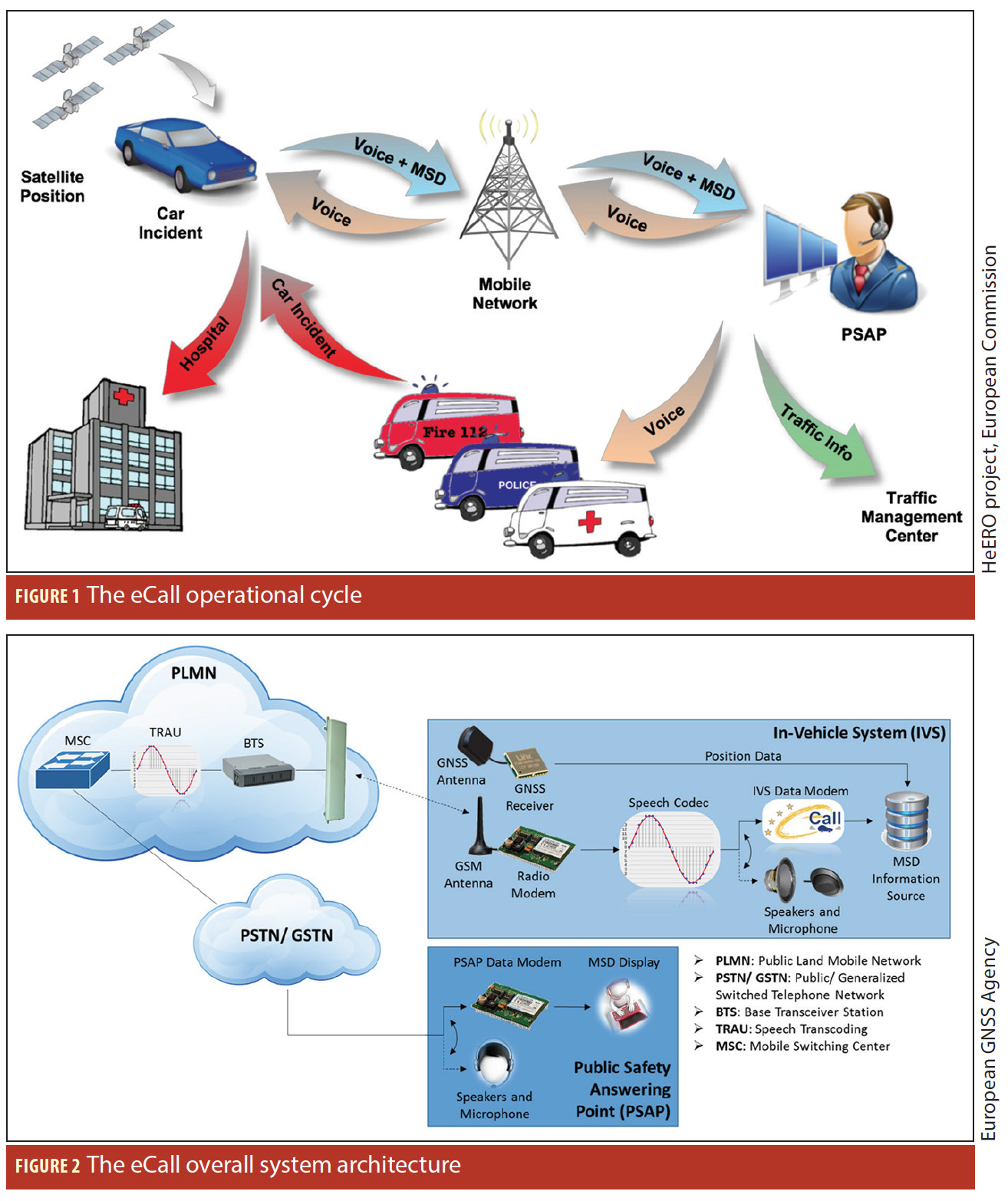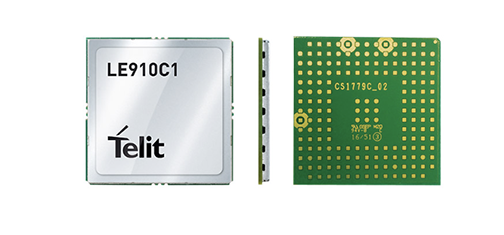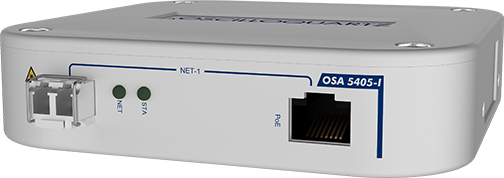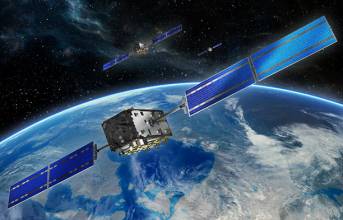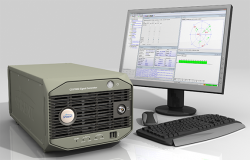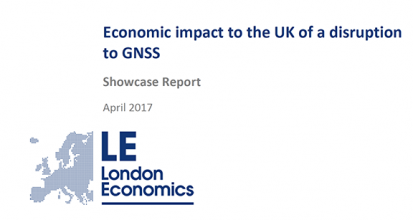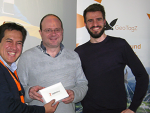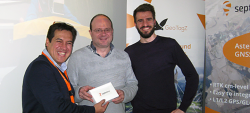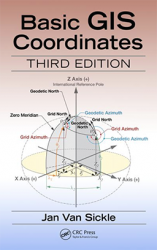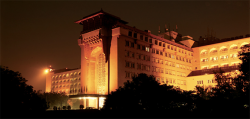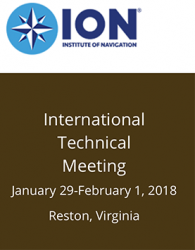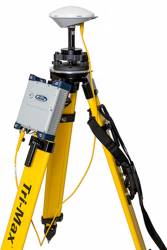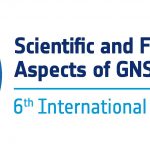Spectracom Introduces eCall Compliance Tools for the Automotive Industry
 Spectrac Compliance testing capabilities needed by all automotive manufacturers selling into the European Union market. Photo source: Spectracom.
Spectrac Compliance testing capabilities needed by all automotive manufacturers selling into the European Union market. Photo source: Spectracom. Orolia, through its Spectracom brand, has introduced built-in scenarios for testing eCall In-Vehicle Systems compliance to the GNSS requirements of the regulation as an option with its latest Spectracom GSG Simulator products.
By Inside GNSS
